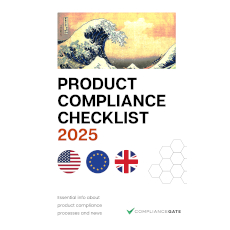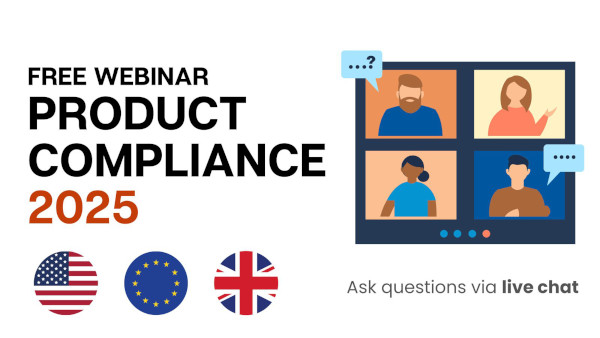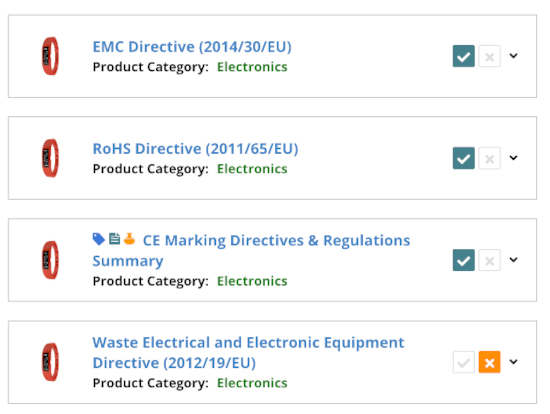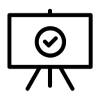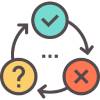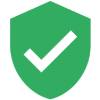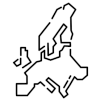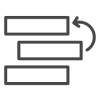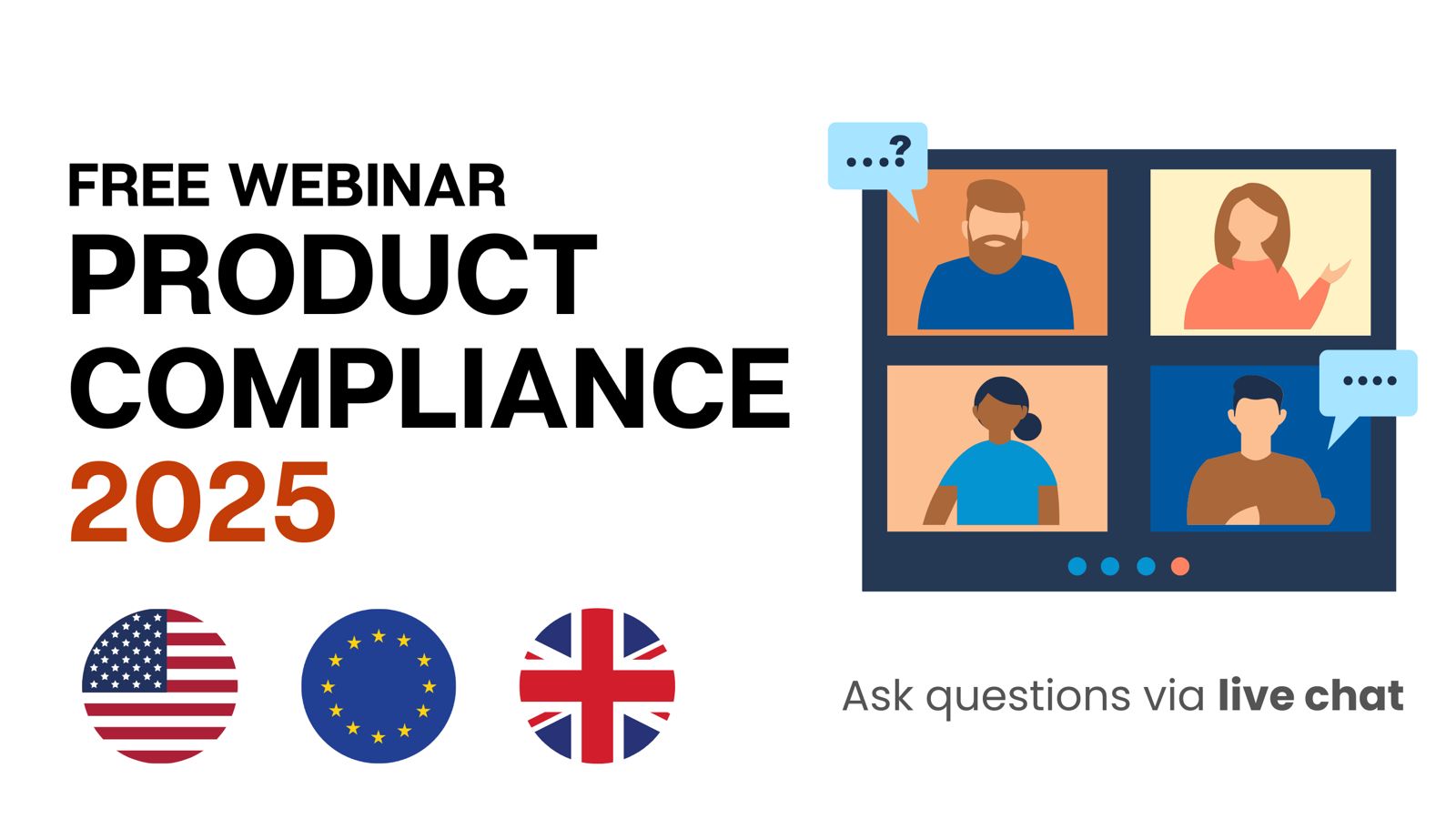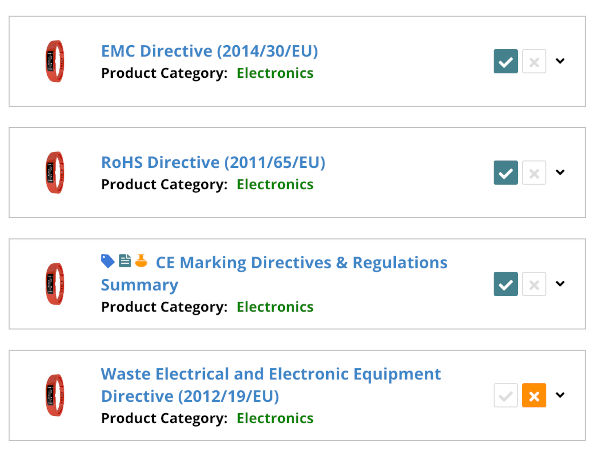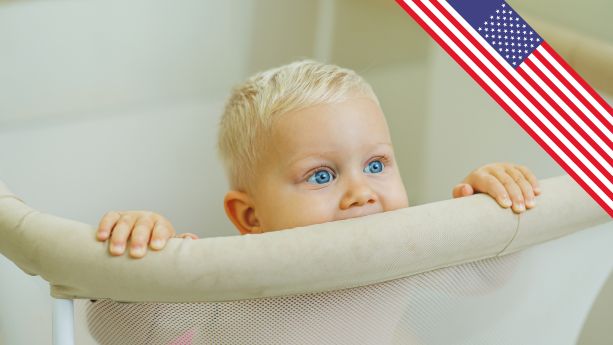
Play yards sold in the United States must comply with various regulations and standards. These in turn set requirements for mechanical safety, substances, labeling, certification, and testing. Non-compliant play yards are unsafe as they may, for instance, entrap a child’s head or neck, resulting in suffocation, and injuries.
In this guide, we cover the CPSIA, ASTM F406, ASTM F2373, and other compliance requirements relevant to play yards in the United States.
Content Overview

FREE CONSULTATION CALL (US, EU & UK)
- Request a free 30-minute call with Ivan Malloci to learn how we can help you with:
- Find product requirements
- Certification and labeling
- Lab testing
Consumer Product Safety Improvement Act (CPSIA)
The CPSIA establishes safety requirements for children’s products, including play yards. The CPSC defines a “play yard” as an enclosure with a frame, a floor, and fabric or mesh sides. In general, importers and manufacturers of play yards must:
a. Comply with applicable children’s product safety rules
b. Ensure that the product undergoes testing by a CPSC-accepted lab
c. Create a Children’s Product Certificate
d. Attach a tracking label to the product
e. Comply with the registration card and labeling requirements for durable infant or toddler products
16 CFR Part 1221 – Safety Standard for Play Yards
16 CFR Part 1221 covers play yards and incorporates ASTM F406 – Standard Consumer Safety Specification for Non-Full-Size Baby Cribs/Play Yards by reference, mandating compliance with the standard.
ASTM F406 covers non-full-size play yards, cribs, and their accessories. It sets requirements such as:
- Structural integrity
- Performance
- Labeling
- Instructions
It also sets requirements for mattresses of covered products.
Other safety requirements
According to the CPSC guidance pages on play yards, such products should also meet:
- The hazardous edges and sharp points requirements set in 16 CFR Part 1500
- The small parts requirements set in 16 CFR Part 1501, and
- The lead in paint requirements set in 16 CFR Part 1303
It is possible that additional requirements apply as well.
Toys Intended to be attached to a play yard
According to the CPSC’s Toy Safety Business Guidance page, Section 4.26 of the ASTM F936 safety standard specifically applies to playpen toys, which should not pose risks before and after undergoing use-and-abuse tests.
Additionally, the page states that playpen toys are subject to specific labeling and instructions requirements.
Children’s Product Certificate (CPC)
Importers and manufacturers of play yards need to issue a Children’s Product Certificate (CPC) to certify that their product complies with the applicable rules. The document should contain:
a. Product identification
b. Citation to the applicable children’s product safety rule (e.g. 16 CFR part 1221)
c. Importer or manufacturer name, address, and phone number
d. Contact information (name, address, email, phone number) of the holder of the test results
e. Date and location of manufacture
f. Date and location of testing
g. Name, address, and phone number of third-party CPSC-accepted test lab that performed the test
Tracking label
Play yards should bear a tracking label containing:
- Importer or manufacturer name
- Date and location of manufacture
- Product details (e.g. batch or run number)
- Product source information (e.g. address of the manufacturing plant)
Requirements for durable infant or toddler products
The CPSC classifies play yards as durable infant or toddler products. As such, you should provide the following with your play yard product:
a. Product registration form
b. A label permanently attached with:
- Importer or manufacturer address, and phone number
- Product model name and number
ASTM F2373 – Standard Consumer Safety Performance Specification for Public Use Play Equipment for Children 6 Months through 23 Months
We could only find one ASTM standard – ASTM F2373 – that explicitly covers play yards but is not incorporated by reference into CPSIA.
Specifically, this ASTM standard sets safety and performance requirements for play yards used in public locations such as playgrounds, parks, and care facilities. It includes requirements for:
- Structural integrity tests
- Dynamic strength tests
- Small parts
- Entrapment of the head and neck
- Protrusions
- Labels and signs
- Installation and maintenance
Uniform Law Label
Many states, such as California, Ohio, and Arizona, set law label requirements for products with filling material, such as mattresses or pads. Thus, these requirements may apply to the padded or filled mattresses that may come with some play yards.
For instance, according to the California Bureau of Household Goods and Services, the uniform law label for such products – specifically the Type No. 7 label – should contain:
- The “Do not remove” statement
- “All new material” statement (for new products)
- Description of filling material
- Registry number
- Certification statement
- Manufacturer name and address (optional)
Recalls and compliance risks
Play yards that do not comply with safety requirements such as the ones outlined in this guide may pose risks and injure children.
We found several examples of play yards – or their mattresses – that faced recalls on the CPSC’s Recalls & Product Safety Warnings website. Most of these products were recalled due to non-compliance with federal safety regulations. Although in most cases the specific regulations were not mentioned, it is highly possible that the CPSC is referring to the CPSIA.
Here are some examples of these products:
a. Play yard – withdrawn for failed latching mechanism posing fall hazard
b. Portable play yard – withdrawn for posing choking hazard
c. Playpen with a mat – withdrawn for posing entrapment and suffocation hazards
c. Play yard mattresses – withdrawn for violating multiple parts of the federal safety regulation for crib mattresses, such as the thickness test, and posing a suffocation hazard to infants
Lab Testing
You should get your play yard tested because some regulations, such as the CPSIA, mandate product testing. Some other regulations may not explicitly mention testing, but you should still perform the necessary testing to ensure product safety. If your product passes the tests, you receive a report proving that your product complies with the requirements.
| Regulation | Lab testing |
| Consumer Product Safety Improvement Act (CPSIA) | Play yards should undergo different types of testing, such as those indicated on the ASTM F406 standard page:
|
| ASTM Standards | Tests performed on play yards would depend on the standard used. For example, ASTM F2373 applies to public-use play yards, and it sets test requirements regarding structural integrity and stability. |
Play yard testing companies
Here we list some companies that are accepted by the CPSC to test play yards against the requirements of 16 CFR Part 1221:
- Bureau Veritas
- Intertek
- SGS
- AM Testing & Services
Additional Requirements
Here we list several additional requirements that may apply to some types of play yards.
| Regulation | Description |
| Lacey Act | The Lacey Act applies to products made of plant material, such as wooden products. You generally need to file a Lacey Act Declaration if your product is listed in the “Lacey Act Declaration Implementation Schedule”.
We could not find any mention of play yards, but we found that wooden furniture was mentioned. Thus, It is possible that the Lacey Act covers wooden play yards. |
| 7 CFR Part 319 Subpart I – Logs, Lumber, and Other Wood Articles | This regulation generally applies to wooden products, such as handicrafts. This may include wooden play yards.
It sets requirements regarding the importation, provision of documents (e.g. permits), and labeling for wooden products. |
| 16 CFR Part 303 – Rules and Regulations Under the Textile Fiber Products Identification Act | This regulation may apply to play yards that contain textile parts. Note that we could not find play yards listed either among the products covered or exempted. |
| California Proposition 65 | California Proposition 65 sets restrictions on substances used in consumer products.
Play yard materials (e.g. plastic or wood) may contain restricted substances, such as phthalates, lead, and arsenic. As such, you should get your product tested to ensure it does not contain restricted substances above the permitted limits. You should affix a warning label if you believe your product may expose users to listed substances. |
| 16 CFR Part 134 – Country of Origin Marking | You should affix a country of origin marking onto products imported or manufactured in the United States. For instance, if the play yard is made in China, then the marking should read “Made in China”. |
Recommended articles


